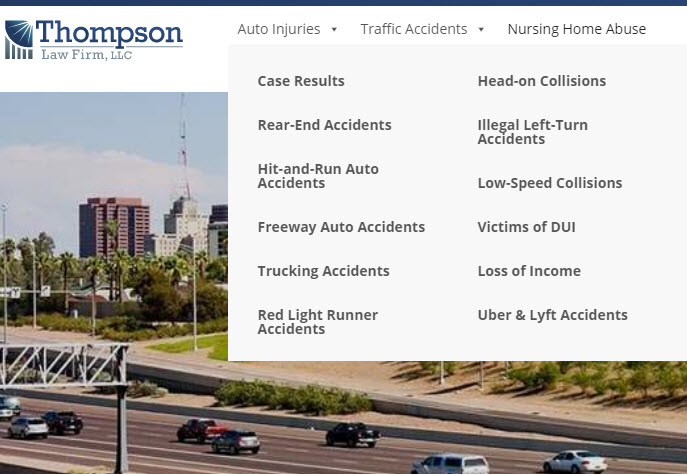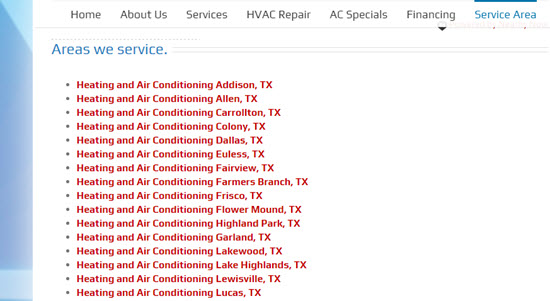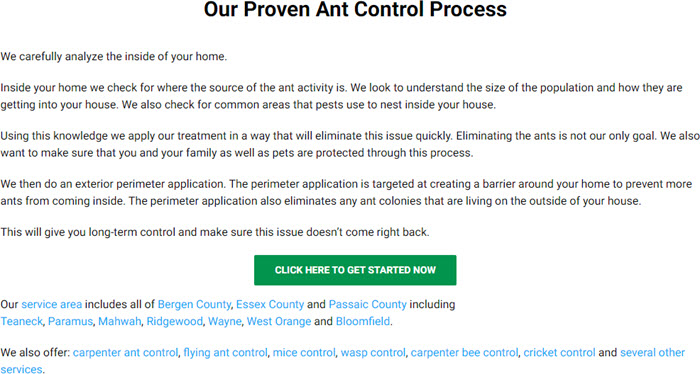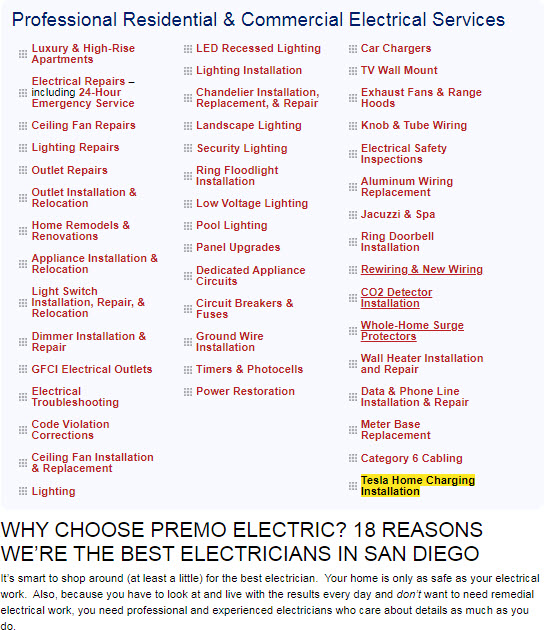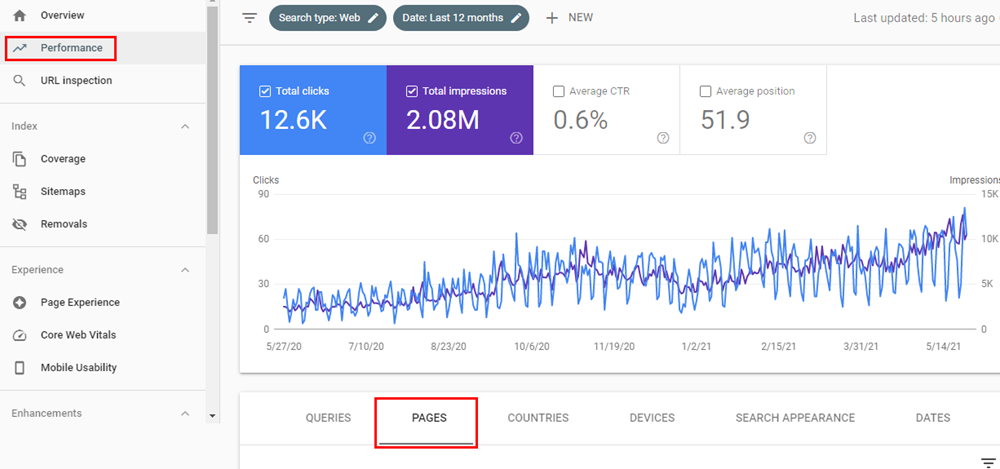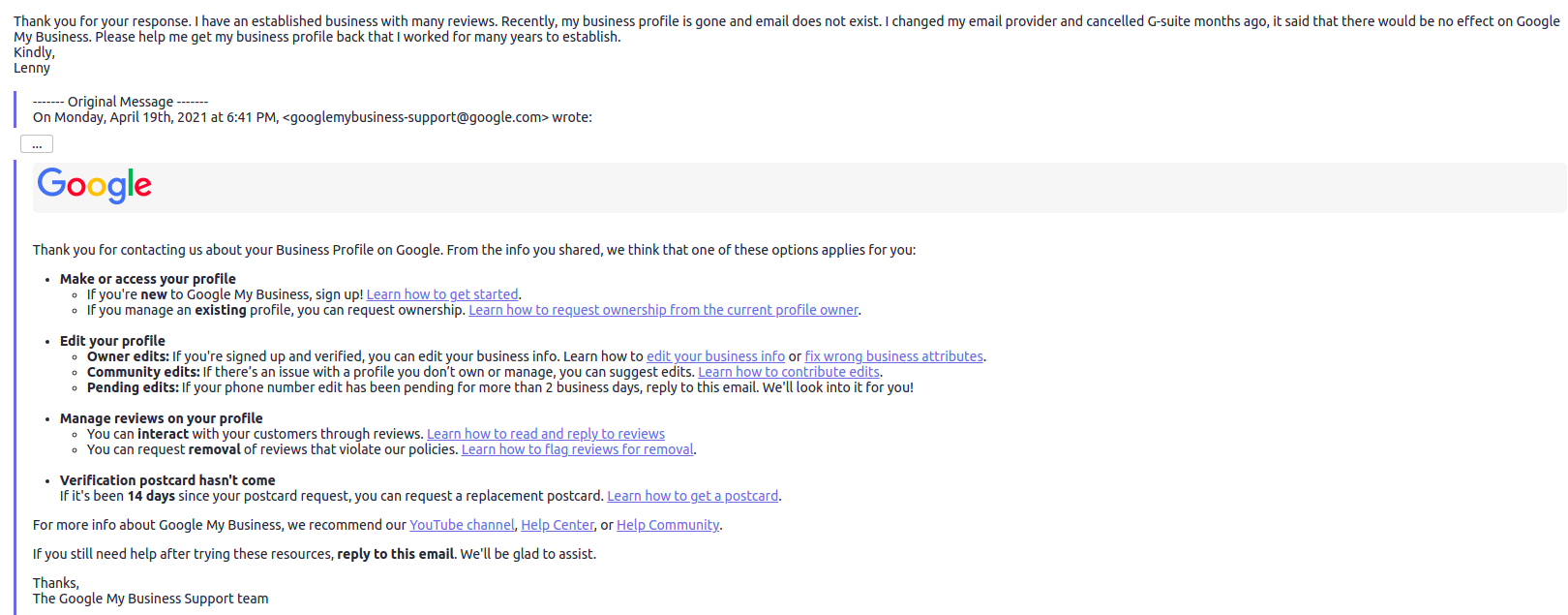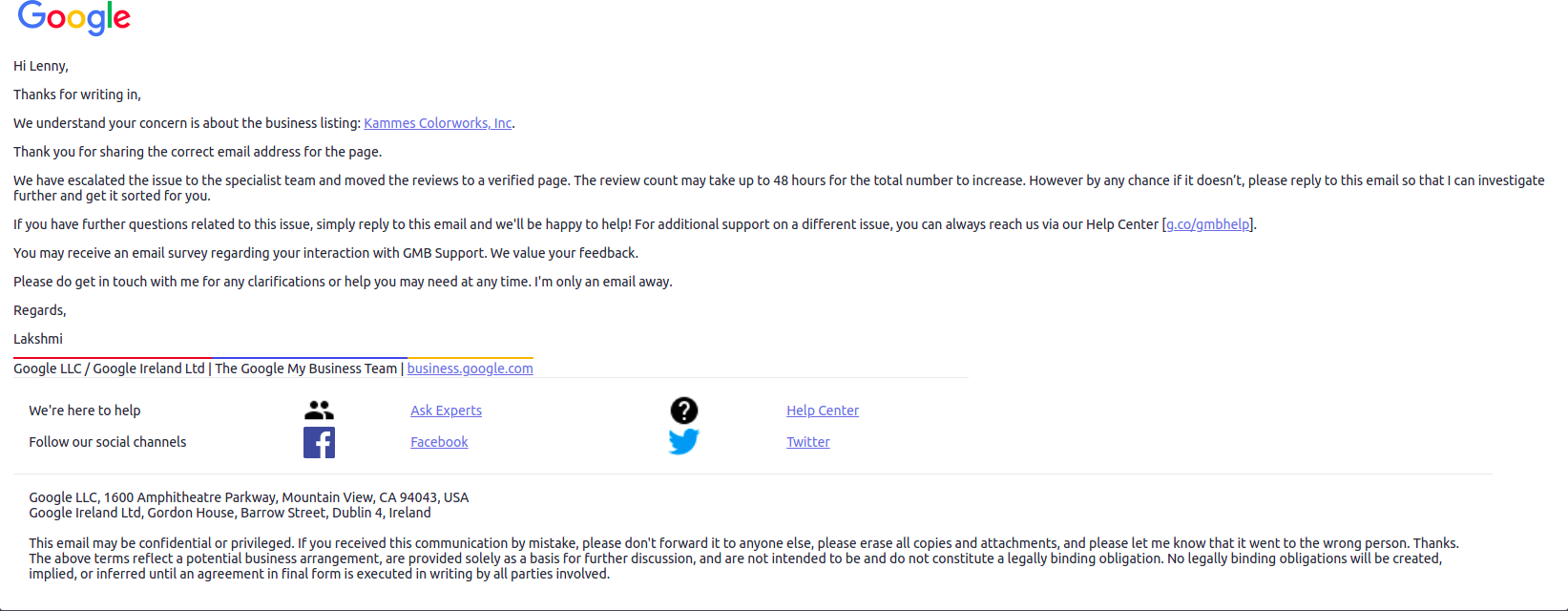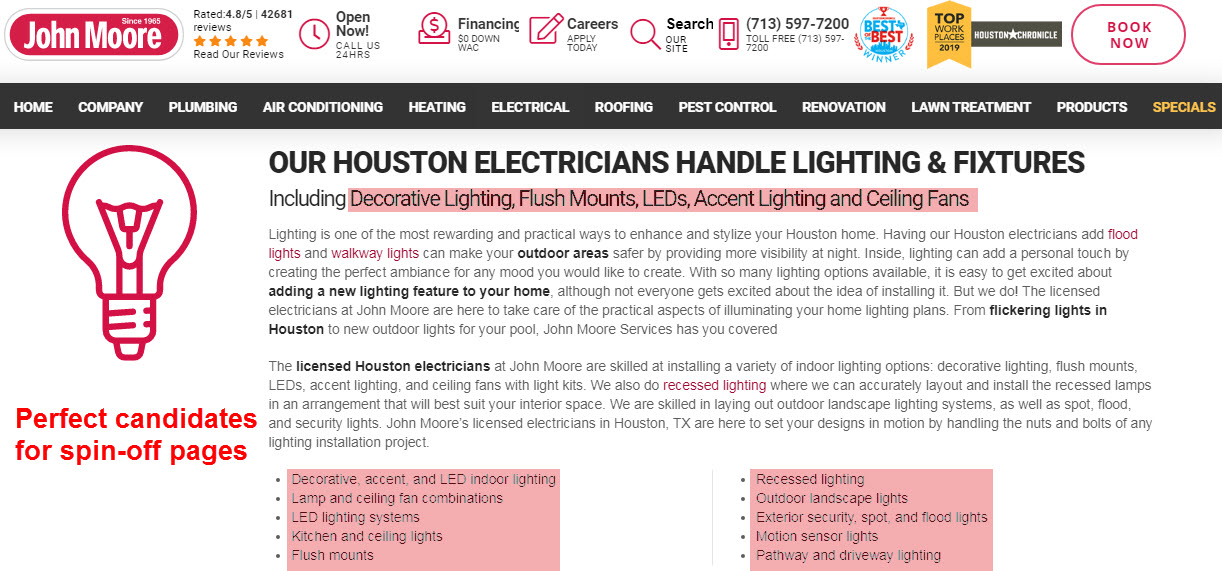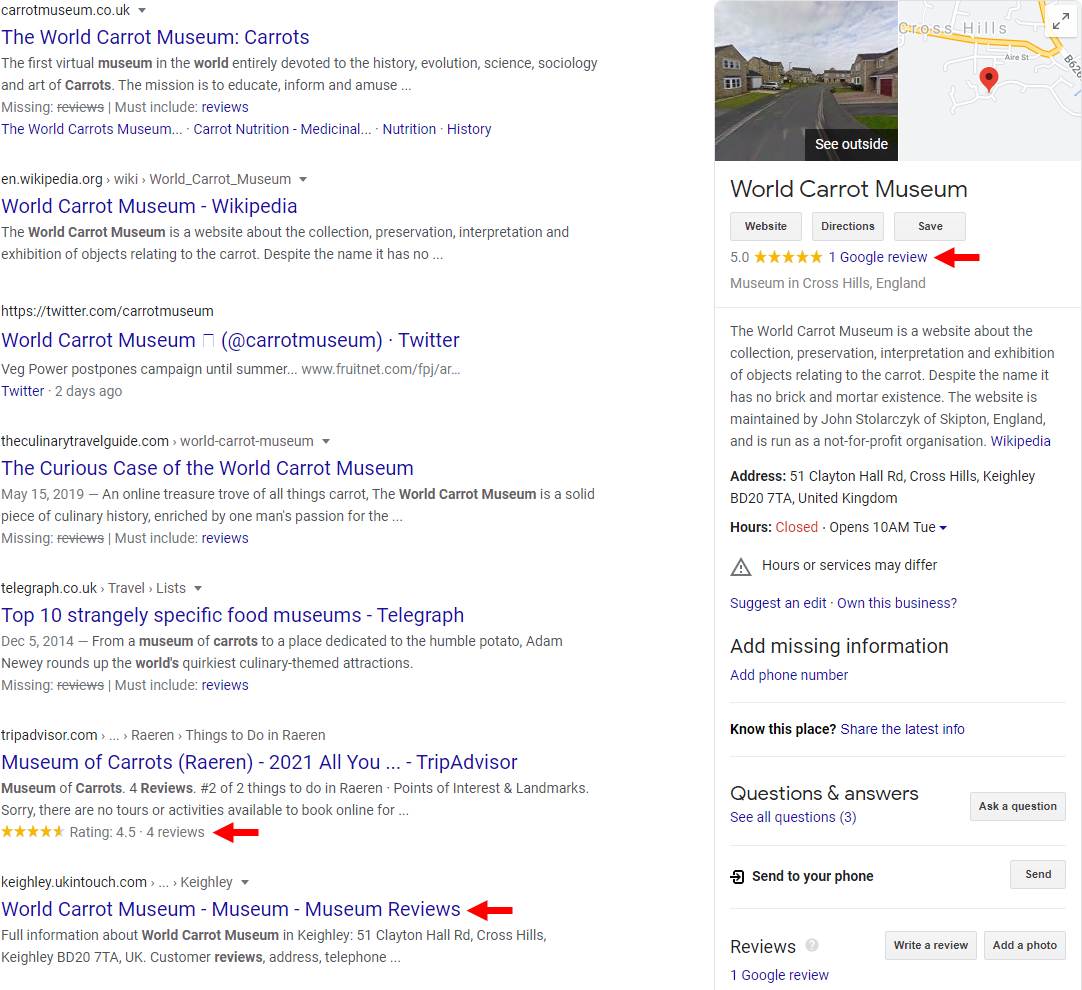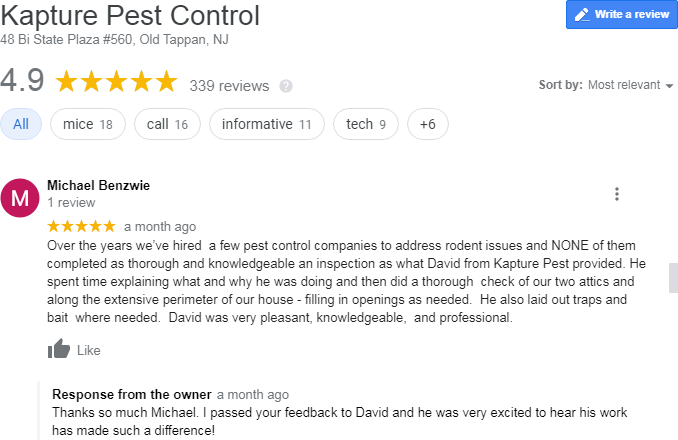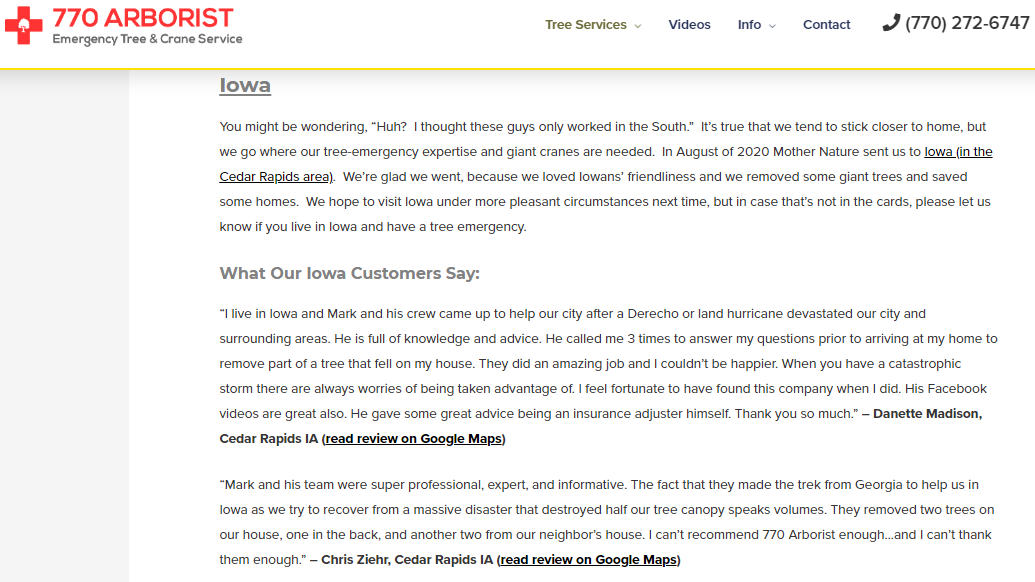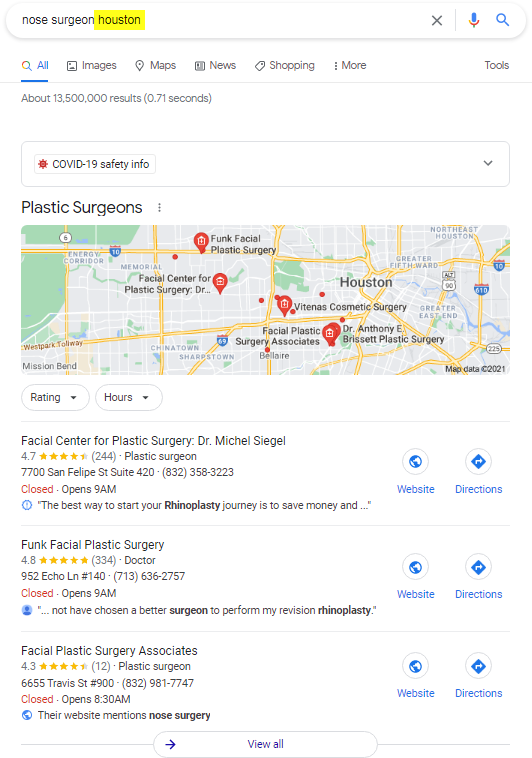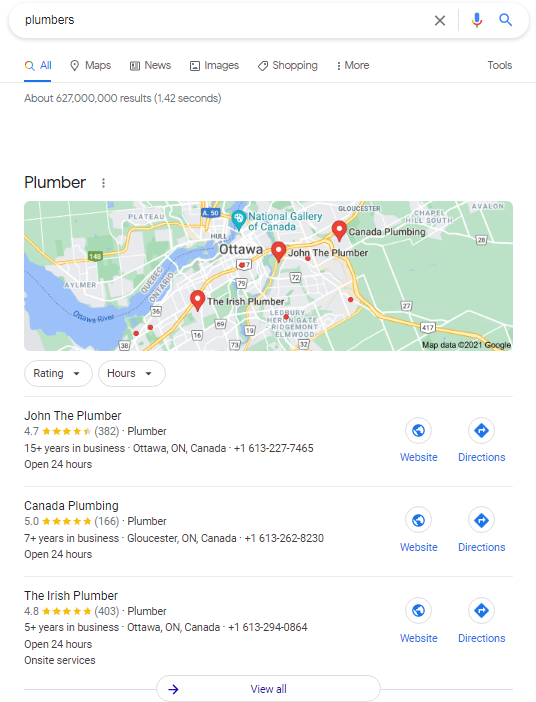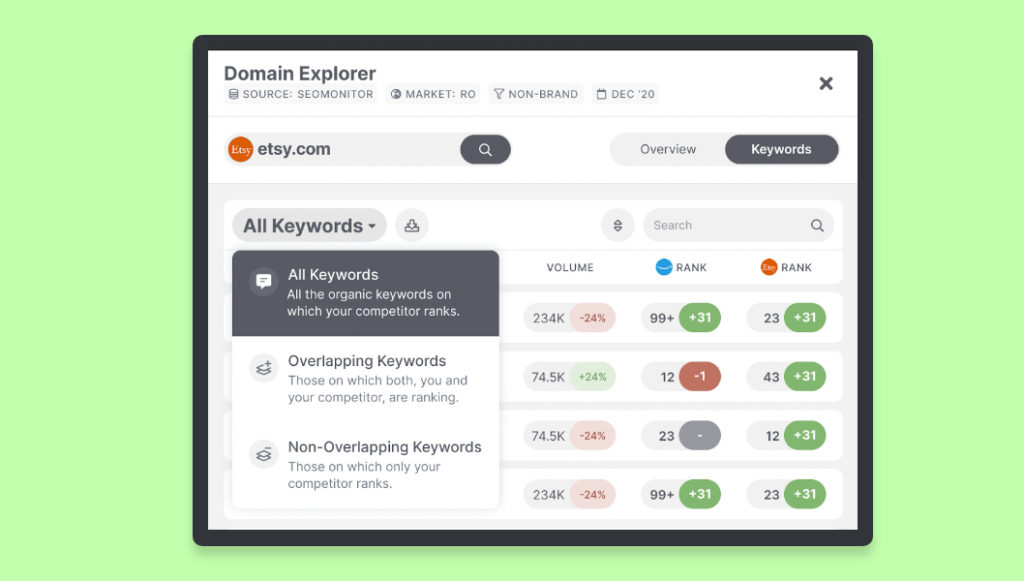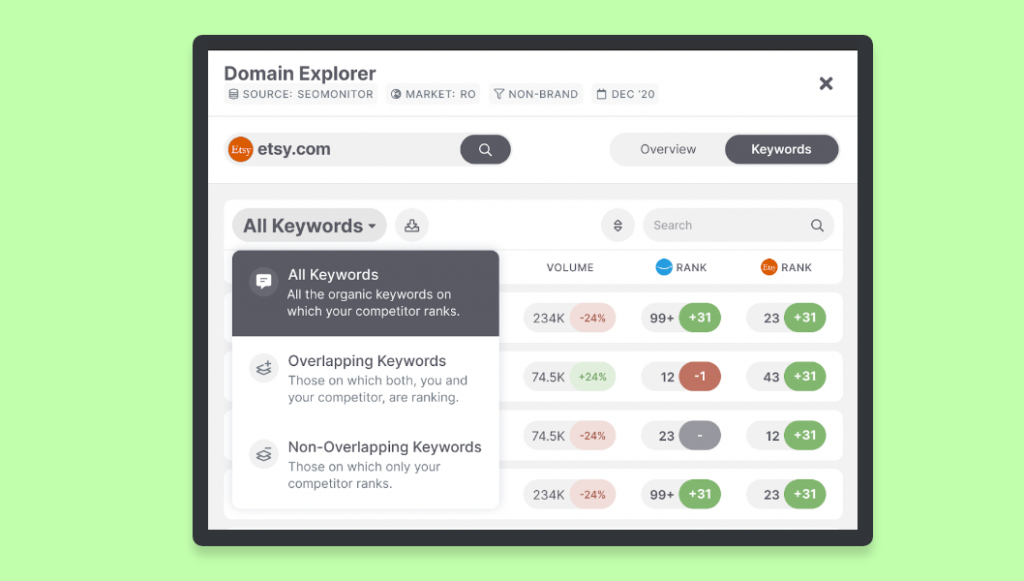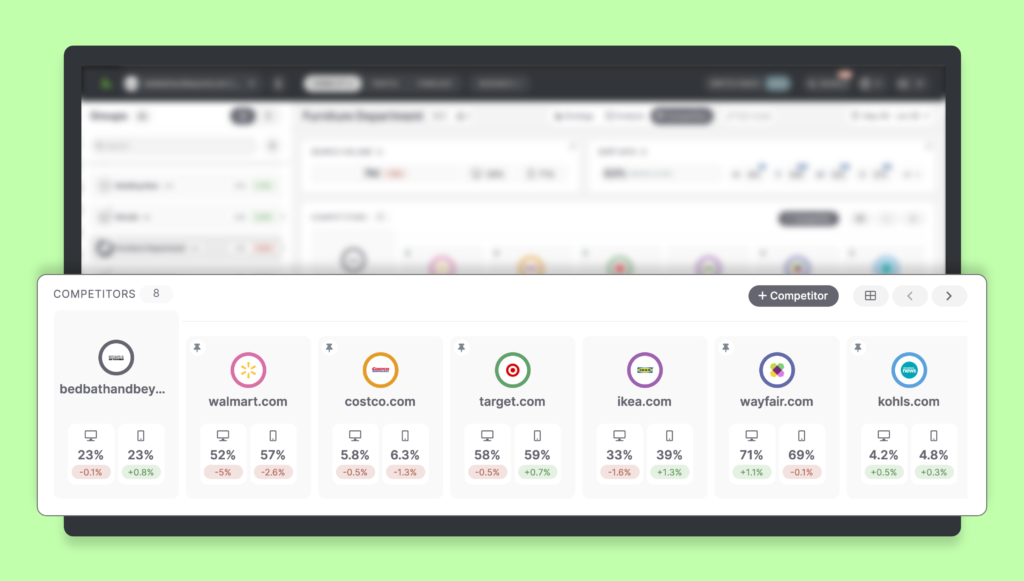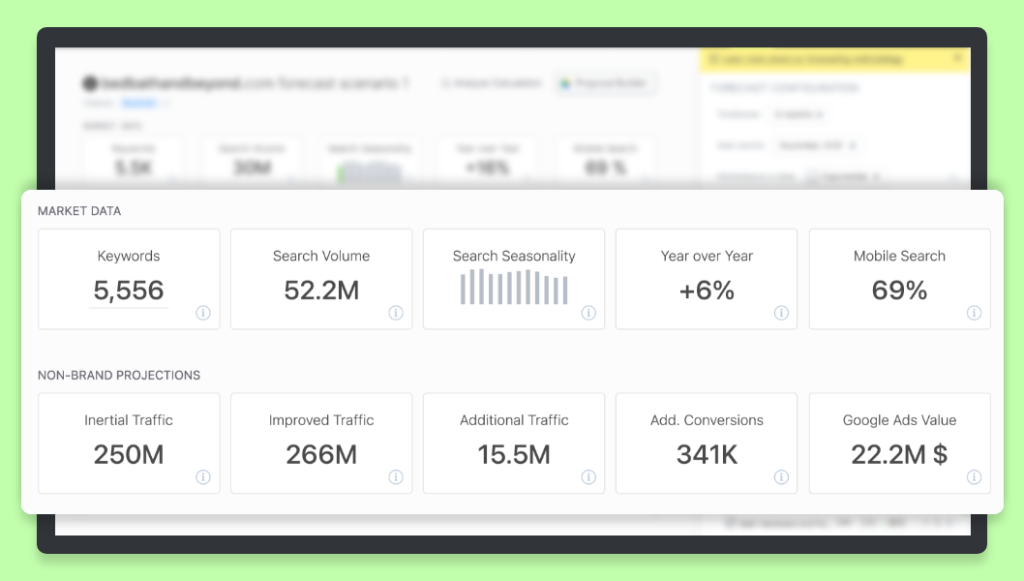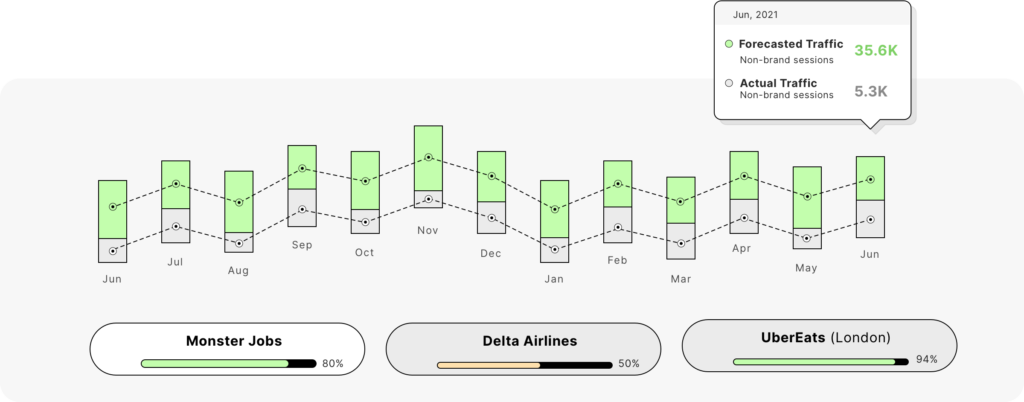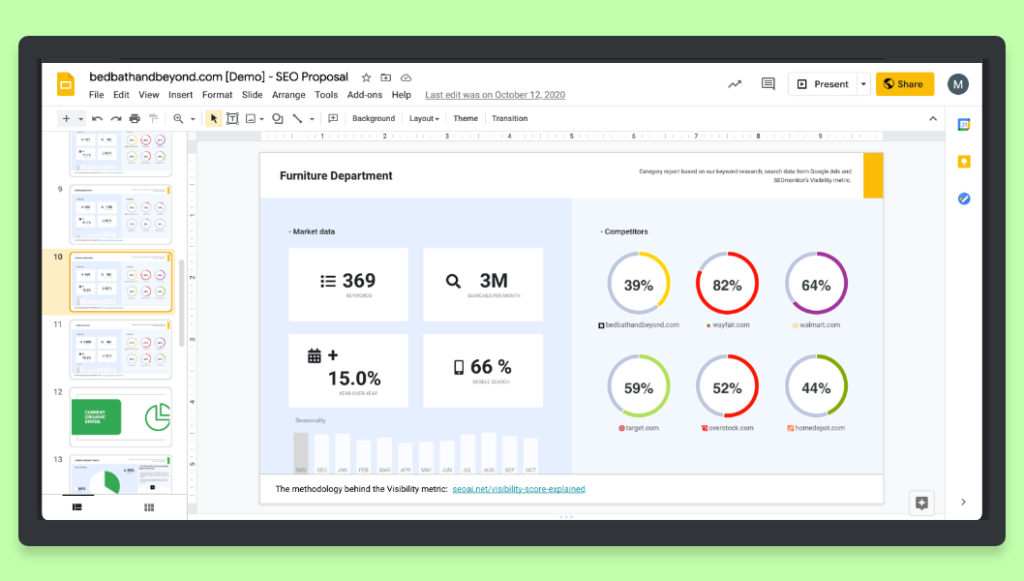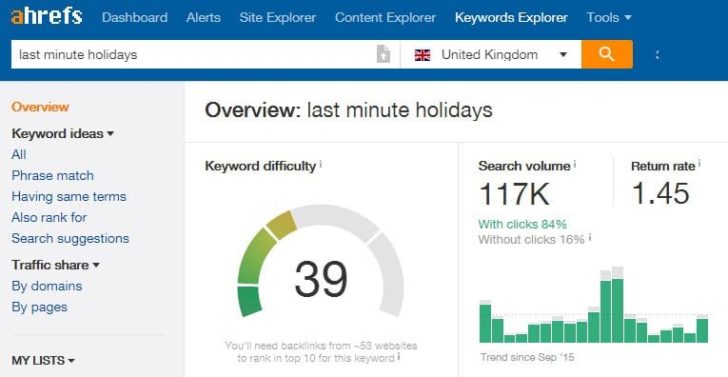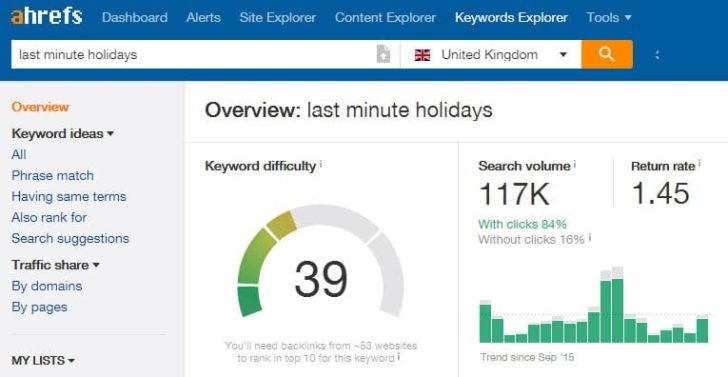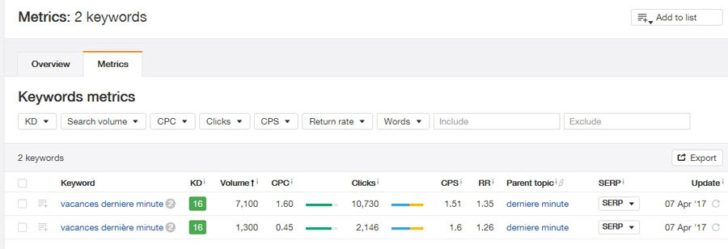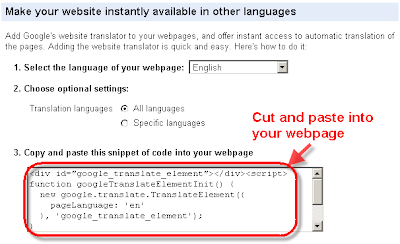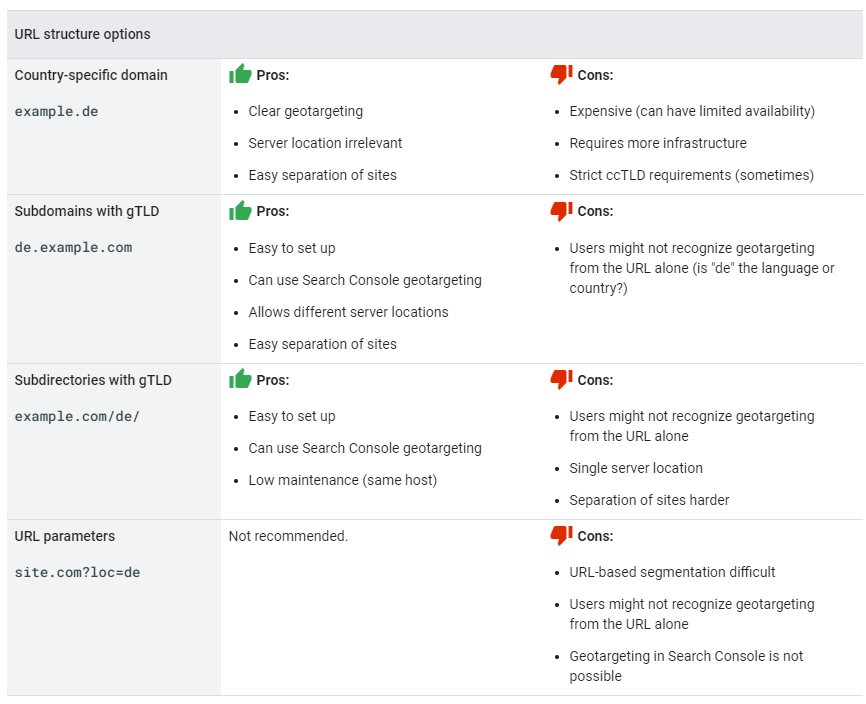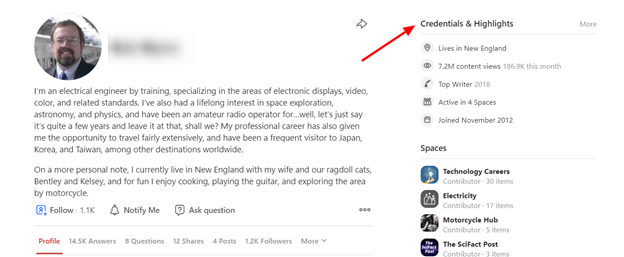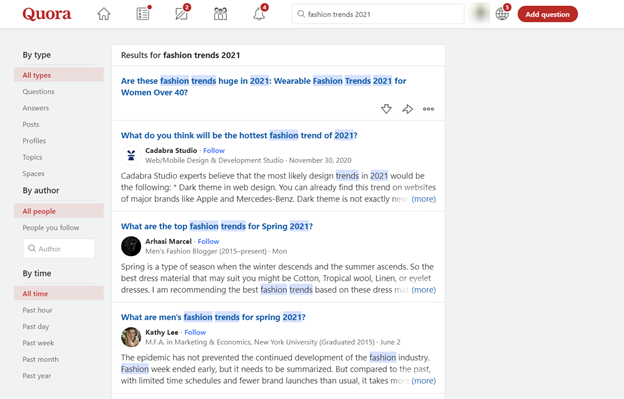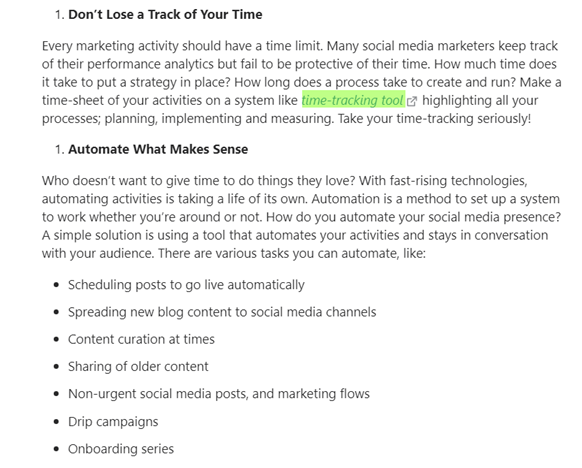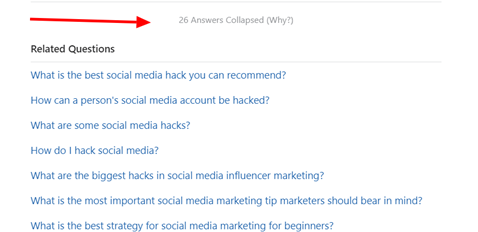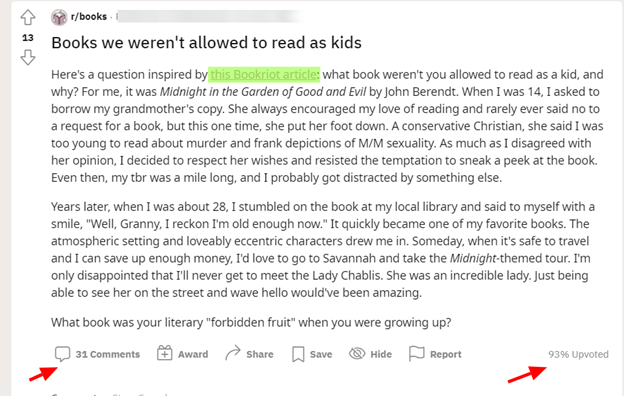
Today marks 10 years since I started blogging about local SEO and related topics, and in my view it marks the real start of my business and all that’s brought – including 400+ posts, way more skill, great clients, a great living, some friendships, a better understanding of my place on this dustball, and a bit of fun along the way.
Therefore, as Klingon ritual dictates, I must offer up a few stray thoughts today, even if there is an 80% chance it’s all irrelevant to you and a complete waste of your time. On the other hand, if you’re a business owner who’s interested in the blogging or “content” thing, or if you’re a longtime reader here, or if you’re a local SEO-er, there may be bits and pieces of interest to you.
As I alluded to in my post from 5 years ago, I had been in local search for a couple of years by June of 2011, but my business model was completely different (i.e. not workable), and I didn’t have a blog or any other good way to connect with the very few other people in local search at the time, with or most of the people who’d become my clients. If I never started the blog, there never would have been a business that lasted this long, and the start date wouldn’t have meant anything to me. So maybe June of 2008 is the anniversary of my career choice, and September of 2009 is the anniversary of the website. But June 1, 2011 is the anniversary of the business.
Anyway, even though most of my comments are on other matters, there are a couple of drive-by points I’d like to make about local search in general on this auspicious day.
I’m amazed at what a friendly industry this still is. By that, I mean the vast majority of people who work full-time in local SEO are nice people. I still haven’t figured out exactly why that is. I haven’t even figured out how that can be, given how many unethical agencies there are, how many questionable software “solutions” have come and gone, how much spam is on the map, Google’s ever-increasing shadiness, and of course the horrors of the last year-plus. Despite all of that, there remains a Mayberry vibe, and I’m grateful for it.Local search doesn’t seem to change much. Google’s tweaks, updates, ad injections, and rebrands seem like a big deal at the time, but they rarely still seem like major events in hindsight. Non-Google entities – other search engines, directories, software, services – tend not to influence the basic activities that separate some businesses from others. “Revolutions” are few and far-between. Mobile was a big deal. Voice search…apparently not so much.
Neither of those observations is new to me, and probably isn’t a “Eureka!” moment for you, either. In a similar way, if I were to recap what I’ve learned in the last 10 years, at least half of it would be exactly what I remarked on 5 years ago. I’d say all of that still holds true. But since then a few more things have dawned on me.
So, below are some observations, recommendations, and other neural gas from my last 10 years of blogging. I hope these are relevant to you if you’re either a business owner who has some interest in blogging or other “content,” or if you’re in the local search industry, or both.
Don’t write for a big splash on Monday; write a post that readers will find useful for years. The post may address a problem they don’t even have yet, and those people’s first visit to your site may be many months away. Delivering your solution to those people is tricky, but if you can do it even a few times, your blogging will be worth everyone’s time. If there’s one thing I’ve come to appreciate in the last 10 years, and especially in the last 5, the “think in years” approach is it, and most of my other thoughts here today are about how to do it. A blog post should be less like sushi and more like a Slim Jim.You need an additional line of communication immediately downstream of your blog posts. Probably your best bet is your email newsletter and not a Twitter feed or Facebook page or similar medium that you don’t really control and can be booted from. In any event, very few people will read your post and contact you with the intention of working with you. Either there’s not a need yet, or they need to get to know you more. Whatever you hope to get out of it, blogging should part of the system, rather than the whole system. This is where my “seed audience” approach may help.You can’t just be a blogger; you still need to ply your trade. Ever watch This Old House-type shows and wonder whether the hosts ever swing a hammer? Skills rot, and then insights do. If you become the “ideas person” then it’s a matter of time before you start writing about inconsequential stuff, because you’ve lost sight of your audience’s challenges and therefore any solutions. You can’t keep growing plants in soil that never gets replenished. Keep your focus on doing your craft, rather than on blogging. That’s how you’ll keep growing the experience that makes blogging worth your time and your readers’ time.Customers / clients / patients are your single best source of ideas. They never run out of questions, observations, or new challenges. If you talk with them all the time and hear what they’re saying, you’ll never run out of “content” ideas. This is a main reason I say you need to remain hands-on in your business.Link out often and err on the side of giving more credit rather than less. It compels you to do a little more homework on whatever you’re writing about, it makes for a more-helpful read, it’s just good form, and you’ll make more friends.It’s OK to slow down the pace. The “write every day” approach has benefits, but isn’t sustainable. Even if you put up something new once a week, you’ll run out of good ideas faster than you can get your hands on them. Then either you’ll be forced to slow down anyway, or you’ll produce mush. The right pace is the one you can stick with. Case in point: I don’t post as often as I used to. My “5 Years of Local Search Blogging” post was #276. This one today is #405, rather than #552. In the first 5 years I’d average 4 posts a month. In the last 5 years I’ve averaged 1-2 posts a month. So I’m going at about half the pace. Has it hurt business? Quite the opposite. The posts are just more consistently useful these days.Avoid sounding corporate, or like a bigger organization than you are. Avoid pompous words (like “ideation”), avoid industry jargon when you can, and don’t say “we” when you can say “I.” Whatever you write or share, make it sound more like how you talk in-person. I know that’s easier said than done, and I’ll admit that a very useful but stuffy post does more good for you and the reader than a less-useful but fun post can. All I’m saying is go for useful AND relatable whenever you can.Don’t imitate anyone else, or at least anyone else in your industry. Cover topics nobody else has, and do it in whatever style works for you, without necessarily thinking too much about it. There’s a practical layer to that, which is that you don’t want to be an also-ran. A decent number of people and entities in local search have done, shall we say, adaptations of my posts – often years after I wrote about whatever topic. (I’d rather not name names.) Often even the titles of the posts are similar to my originals. Can’t say it doesn’t irk me a little, but those posts tend to be written by newer people, who often don’t have a mental bibliography of what’s been covered over the years. The other reason not to cover other singers’ songs is that what you produce will be more memorable and therefore more useful to your readers. I can’t tell you the number of times I talk with business owners who tell me they approach SEO/marketing in a certain way because of something I wrote in a post 3 years ago. This may sound odd, but the universe knows if you’re original.Figure out what kind of habit or habits your posts will reinforce. The people you’re writing for don’t want “fresh content”; they want to form habits that have payoff and can help them with problems big and small. There is a place in the world for “daily news,” but people also get maxed out on that. Also, the bearer of news often is not or will not seem to be a go-to person anyone wants to hire. If your whole blogging or other content strategy is “news,” you’ll get an audience that just wants the news…and nothing more from you. Instead, what you want is for people to think of what you produce in terms like, “every time I’m done with his post I come away with an idea I want to try,” or “every time I read one of her posts I learn about a problem I didn’t know about, and can avoid before it becomes a problem for me.” Your blog (or other content vehicle) should be a gym, and not a sample tray at the supermarket. Do that by focusing on specific questions and concerns, rather than on what you think will get clicks.Show gratitude to your readers. Never take them for granted, even if they never pay you a dime or help in a conspicuous way. The best way to do that is not to waste their attention with info that isn’t useful. The next-best way is to ask for their feedback whenever you can and along the way to thank them for reading. You may have a rough idea of what their situation is today, but you never know what’s next. Some readers may be squeaking by today but will become a big success tomorrow – possibly due in part to the info you share – and he or she will return the good karma when you least expect it. Other readers may refer you to friends or family who become great and longtime clients. Some readers will get hit by a bus tomorrow. Most people will read your stuff and benefit from it quietly. Your audience isn’t a blob; the people in it will change over time. We’re all just passing through town. The question is what you do in the interim. Pay extra attention to people who read your stuff year after year. Ask them questions from time to time, and get to know them on one level or another.
This is probably a good time to say, whether you’re a longtime reader or just tripped on a banana peel and landed here, thanks for reading!
I’d be interested to hear if you have an all-time favorite post, or a favorite recent one, and of course I’d love any suggestions or questions. (As always, I hope you’ll leave a comment.)






